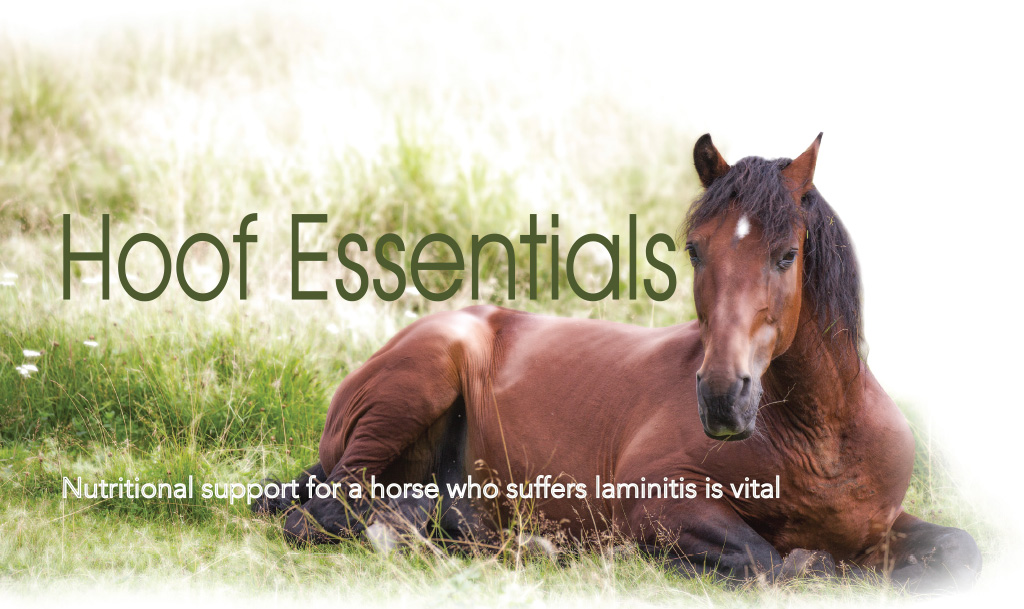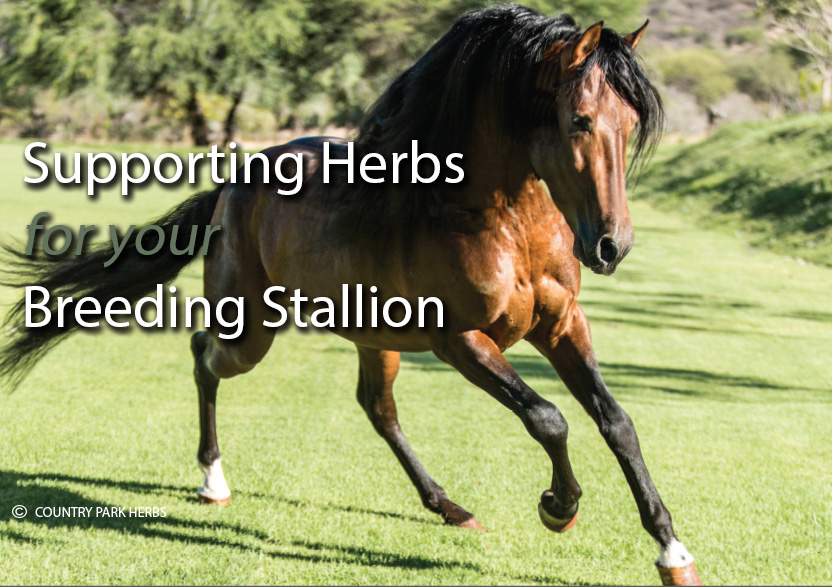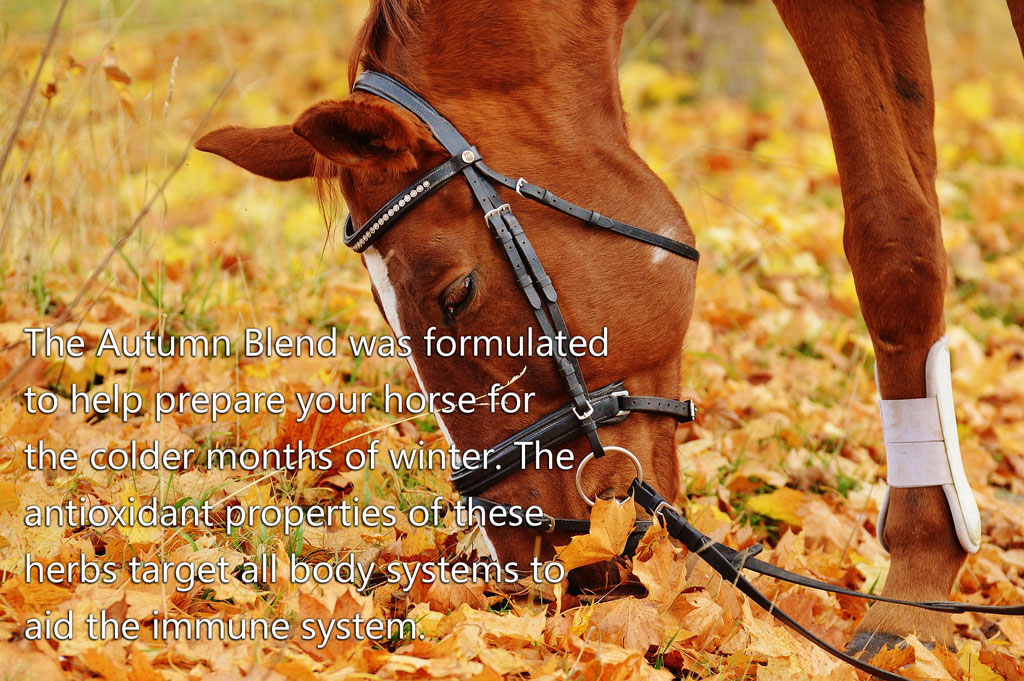For the horse that is prone to laminitis, clivers is a useful daily supplement to improve the integrity of the hoof as it is one of the most nutritional herbs available and especially high in Silica.
When Country Park’s Spring Blend was being developed, the feet issues of this season were considered with a focus on containing herbs traditionally used for strengthening the hoof including clivers, fennel seed, rosehips, hawthorn berry and celery seed.
Whether using clivers alone, or the Spring Blend, each horse owner can then have their approach individualised by adding herbs to suit their own horse’s issues. If adding to clivers as a single herb, try and keep your selection of additional herbs to a total of five or less. Because the Spring Blend has been balanced and developed for Spring hoof issues, keep additional herbs to one or two.
With the older horse whose circulation may be sluggish, hawthorn berry is a further support and full of bioflavonoids that improve the elasticity of the supportive connective tissue, while the warmth from ginger root can help with creaky cold arthritic joints. Ginger will also help a sluggish gut function, especially during the colder months.
For the horse that has low grade inflammation in his feet, turmeric powder will help lower the levels of discomfort and combined with ginger powder will increase the efficacy of the turmeric in a similar way black pepper is sometimes used.
For pain relief, yarrow combines well with turmeric as a general management and recovery approach. Devils claw powder can be effective with acute stages, however if the horse is already on bute, avoid devils claw as you could increase possible adverse effects of the drug. For the horse with a sensitive gut, white willow bark is a gentler option and if the herb needs to be strengthened hawthorn berry will increase the white willow bark’s potency. For horses with low tolerance to starch, meadowsweet is an alternative.
For the horse where stress has been a trigger to the laminitic episode, chamomile flowers will support the nervous and hepatic systems, and help relax the muscles that have become tense while the feet have been sore.
Where laminitis attributed to a diagnosed condition such as Insulin Resistance, Equine Metabolic Syndrome (EMS) or Cushings Disease, other herbs can be added to help manage the horse’s overall wellbeing.
With the insulin resistant horse or pony, adding cinnamon powder can help with managing how your horse digests ‘sugars’. Fennel seed is linked with the pancreas and its function, often referred to as the dieter’s herb. With both cinnamon and fennel seed, a little goes a long way so given in teaspoon rations for an average sized horse should be sufficient.
Low grade inflammation in Insulin Resistant horses can easily progress into laminitis. This can be managed by supporting the liver with dandelion root and turmeric powder, and using the circulation stimulating yarrow to encourage a healthy blood flow to the hoof.
If there are fatty deposits, often associated with EMS, fennel seed can help when combined with some liver herbs, including dandelion root and St Marys Thistle.
Where laminitis is linked to Cushings Disease chaste tree berry is a key herb. Adding it to the first feed of the morning is often when you will get the most benefit from this herb. However, if you are giving a pharmaceutical product to address Cushings related issues, do not use chaste tree berry as it can clash with these types of medications. Herbs you can use are chamomile, clivers and dandelion root.
Insulin Resistance, Equine Metabolic Syndrome and Cushings Disease can often be difficult to differentiate. A veterinary diagnosis will help guide your choice of herbs and in turn help shorten the time it takes to recover from the laminitis. Most of these herbs can be given in conjunction with a veterinary approach, and if giving herbs advise your consulting Vet.
Because of the changing dynamics of these conditions, be flexible with your herbal approach and adjust your herbs as each aspect requires management.
Choose your herbs carefully when dealing with laminitis, keeping the selection simple so as not to overload the horse’s internal processes, combining a nutritional herb with an anti-inflammatory herb can start restoring health, and then a maintenance program can follow on with a nutritional focus to strengthen overall health.
For correct dosage rates on the herbs mentioned in this article please contact Carol or Ruth when placing your order.
Disclaimer: The information provided in this article is for educational purpose only and is not meant to replace veterinary advice or treatment.
Copyright: Catherine Bird, who is also the author of a Healthy Horse the Natural Way, has been an equine natural therapist for 27years working closely with Country Park Animal Herbs for over 13 years offering advice to their clients.






